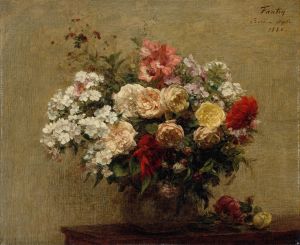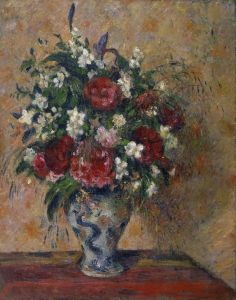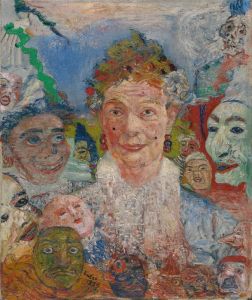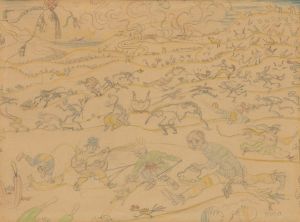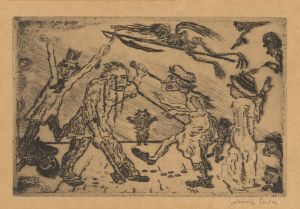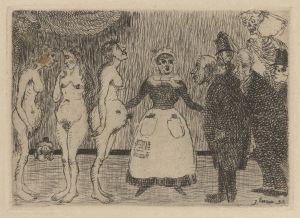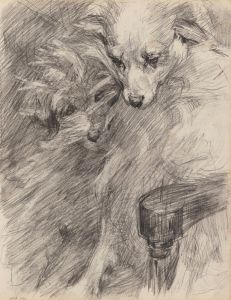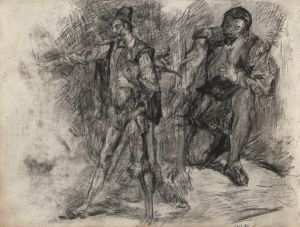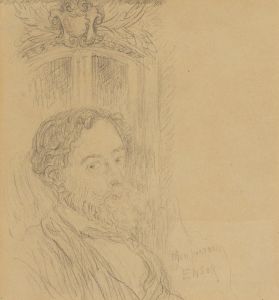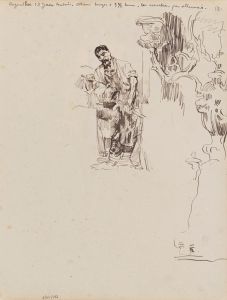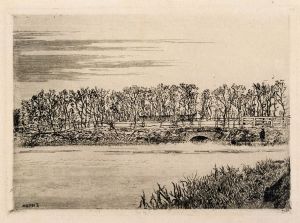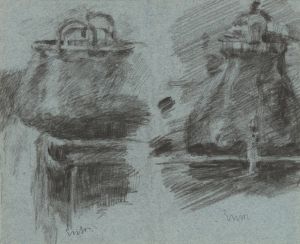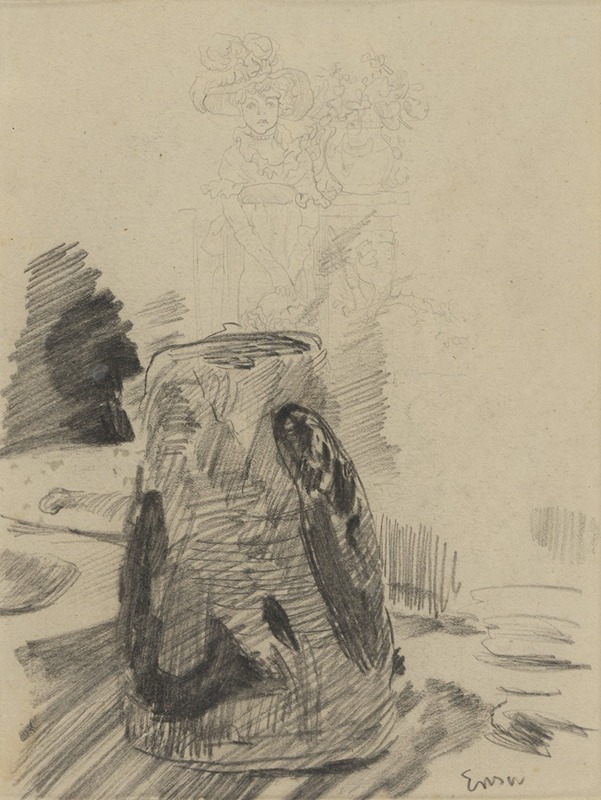
Vaas met vismotief en vrouw met bloemenvaas
A hand-painted replica of James Ensor’s masterpiece Vaas met vismotief en vrouw met bloemenvaas, meticulously crafted by professional artists to capture the true essence of the original. Each piece is created with museum-quality canvas and rare mineral pigments, carefully painted by experienced artists with delicate brushstrokes and rich, layered colors to perfectly recreate the texture of the original artwork. Unlike machine-printed reproductions, this hand-painted version brings the painting to life, infused with the artist’s emotions and skill in every stroke. Whether for personal collection or home decoration, it instantly elevates the artistic atmosphere of any space.
James Ensor was a Belgian painter and printmaker, known for his unique and often provocative style that combined elements of symbolism, expressionism, and surrealism. Born on April 13, 1860, in Ostend, Belgium, Ensor spent most of his life in his hometown, where he found inspiration in the coastal environment and the vibrant local culture. His works often featured fantastical imagery, grotesque figures, and satirical themes, making him a significant figure in the transition from 19th-century realism to 20th-century modernism.
One of Ensor's notable works is "Vaas met vismotief en vrouw met bloemenvaas" (translated as "Vase with Fish Motif and Woman with Flower Vase"). This painting exemplifies Ensor's distinctive style and his ability to blend the ordinary with the extraordinary. The artwork features a complex composition that juxtaposes a vase adorned with fish motifs against a woman holding a vase filled with flowers. The contrast between the two vases highlights Ensor's fascination with everyday objects and his skill in imbuing them with symbolic meaning.
Ensor's use of vibrant colors and bold brushstrokes in "Vaas met vismotief en vrouw met bloemenvaas" reflects his departure from traditional academic painting techniques. The fish motifs on the vase may symbolize the artist's connection to the sea and his hometown of Ostend, while the woman with the flower vase could represent fertility, beauty, or domesticity. The interplay between these elements creates a dynamic and thought-provoking composition that invites viewers to explore the deeper meanings behind the imagery.
Throughout his career, Ensor was influenced by a variety of artistic movements and styles. He was associated with the avant-garde group Les XX (The Twenty), which included other prominent artists such as Théo van Rysselberghe and Fernand Khnopff. This group sought to challenge the conservative art establishment in Belgium and promote innovative and experimental approaches to art. Ensor's work often reflected his rebellious spirit and his desire to push the boundaries of conventional artistic expression.
In addition to his paintings, Ensor was also an accomplished printmaker. His etchings and lithographs further showcased his talent for intricate detail and his ability to convey complex themes through visual art. Ensor's influence extended beyond his lifetime, inspiring subsequent generations of artists and contributing to the development of modern art in the 20th century.
James Ensor passed away on November 19, 1949, in Ostend, leaving behind a rich legacy of artistic innovation and a body of work that continues to captivate and challenge audiences. "Vaas met vismotief en vrouw met bloemenvaas" remains a testament to his unique vision and his ability to transform the mundane into the extraordinary through his art.





